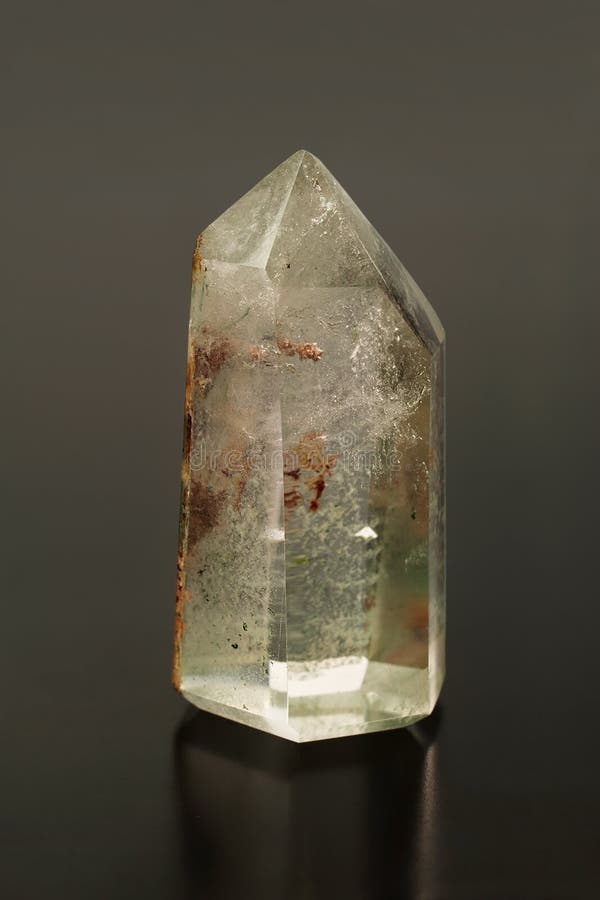

The data in that file is rendered and is not raw data so you should have two files in Lightroom the original file and the DNG file produced by Topaz.

What you are experiencing is as expected, the DNG file produced by Topaz is a tiff rendered image saved in a DNG wrapper.
#LIGHTROOM TOPAZ CLARITY TIFF OR JPG TRIAL#
You can round trip directly from DXO-Photolab to Topaz Sharpen AI and as you are sending a clean file to Sharpen you can zero the noise reduction slider in Sharpen.Ī free trial is available if you have any interest. DXO provides class leading noise reduction (DeepPrime) as well as lens corrections measured by DXO's optical labs (Adobe uses the embedded jpg correction), something a long zoom lens will again benefit from. With a small sensor camera my recommendation is to use DXO-Photolab V5 Elite. And Sharpen AI, as the last step, is also only able to use the DNG-RGB file, not the camera RAW file. xmp file can't make the same changes to a Denoise DNG RGB-type file as it can make to a true RAW file. But even that doesn't result in identical changes on the DNG file as were made on the RAW file version in LR, presumably because the. I understand the "trick" of copying the RAW file before I start, to make Lightroom edits on, which are then passed to the Denoise output RGB file of the same image in Lightroom via synchronisation of the LR-edited RAW file with the Denoise DNG file. Only processing of the DNG RGB file is possible.Īm I missing something? Is there some way to use the cameras native RAW file in not just Denoise but subsequently in Lightroom and Topaz Sharpen AI? I can thereafter not perform either Lightroom or Topaz Sharpen AI processes on the camera RAW file. So, Using Topaz Denoise AI first on the RAW file does give me a good result in terms of noise reduction but. Denoise outputs a DNG file but it doesn't appear to be a true RAW file but rather a 16bit RGB file of some kind. In practice, I can't have a true RAW file to offer it after I've used Denoise as the first step in the workflow. In theory, Topaz Sharpen AI can process RAW files. (I turn Lightroom sharpening, clarity and texture tools to zero).

I use the Topaz-recommended workflow process of Denoise AI first on the unprocessed RAW files, followed by Lightroom edits on the result and finally a pass through Topaz Sharpen AI. They do seem to do a noticeably better job than if one uses TIFFs or DNGs derived from RAW files, as used to be the only option. The most recent versions of the Topaz tools offer an improved facility whereby RAW files, rather than TIFF-from-RAW, can be processed with Denoise and Sharpen. It also has a 1200mm (equiv) telephoto reach, which tends to introduce blurs of various kinds. This camera has a teeny sensor and the images can be noisy even at base ISO. The Topaz Denoise and Sharpen tools work well for the RAW images I get using a Panasonic FZ82.


 0 kommentar(er)
0 kommentar(er)
